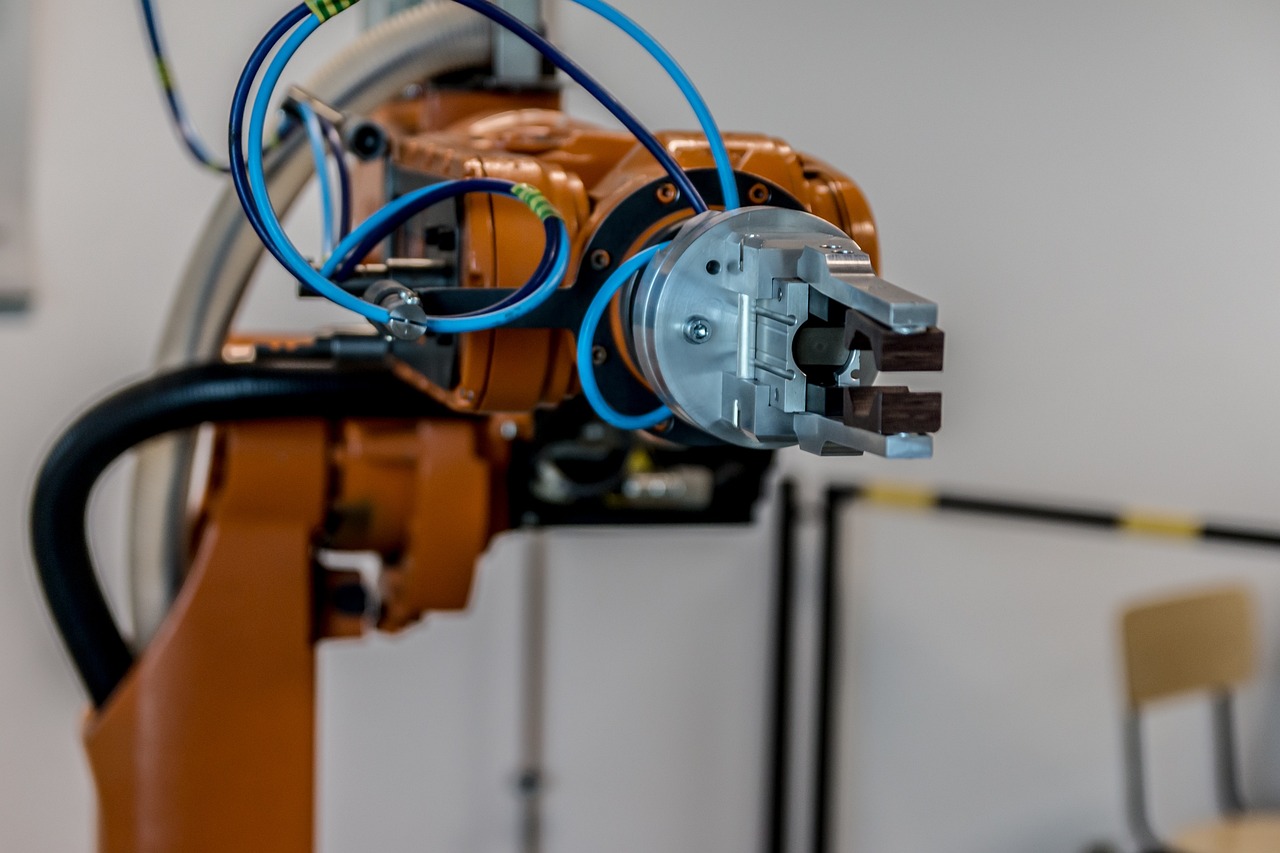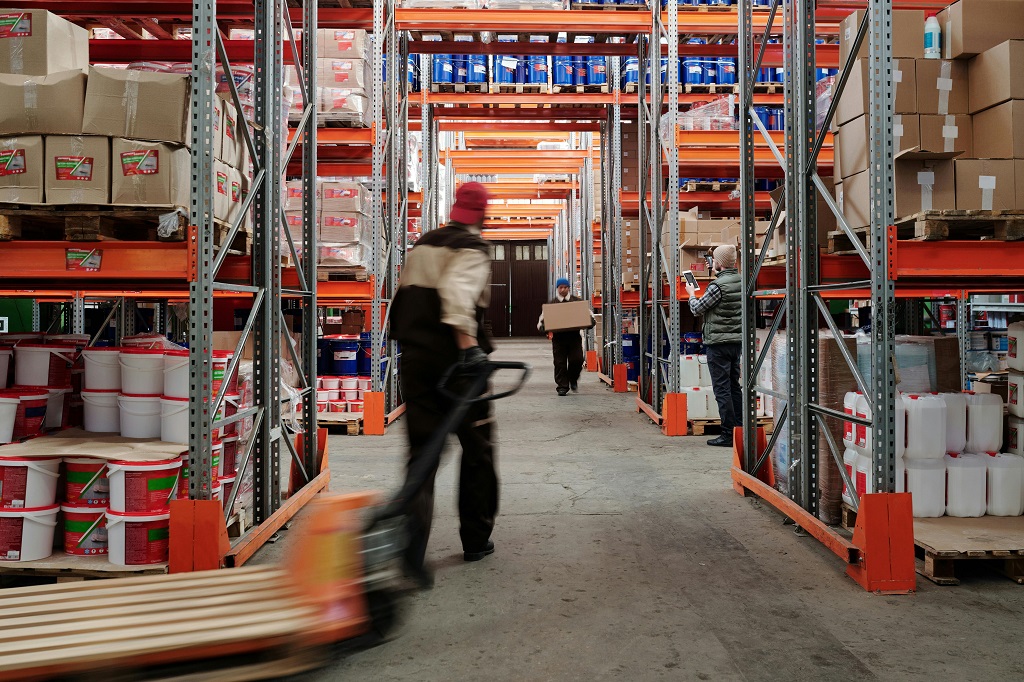- Distribution centers are constantly adapting to emerging trends and advancements in technology.
- Automation, AI, and robotics are increasing efficiency and safety in material handling equipment.
- Sustainability is gaining traction with initiatives such as energy-efficient technologies and waste reduction.
- Data analytics and IoT provide real-time insights for better decision-making and inventory management.
- Companies must stay informed about these trends to remain competitive in the ever-changing market.
Distribution centers are crucial in the supply chain, as hubs that store and distribute products to retailers and end consumers. However, with the ever-evolving technology landscape, these centers constantly adapt to keep up with emerging trends and advancements.
According to the U.S. Census Bureau, the value of e-commerce sales in 2020 increased by over 30%, highlighting the growing importance and demand for efficient distribution centers. In Asia, Singapore is a major player in the logistics industry, with its strategic location and advanced infrastructure making it an ideal hub for distribution centers.
In this ever-changing industry, it is crucial to stay informed about the latest technologies and trends that are shaping the future of these vital hubs.
Advancements in Material Handling Equipment for Distribution
Several technological developments in the material handling equipment sector are changing the game for distribution centers. These advancements aim to increase these facilities’ efficiency, productivity, and safety.
Innovations in Automated Systems
One of the most significant trends in material handling equipment is automation integration. Automated storage and retrieval systems (AS/RS) are becoming increasingly popular, with features like robotic arms and conveyors that enable quick and accurate movement of products.
Additionally, automated guided vehicles (AGVs) are being used to transport materials within the facility, reducing manual labor and improving efficiency. These advancements in automation are increasing productivity and reducing the risk of human error and workplace accidents.
The Impact of AI and Robotics on Material Handling

Incorporating artificial intelligence (AI) and robotics in material handling equipment is also significantly impacting distribution centers. AI-powered systems can optimize inventory management, forecasting, and order processing, leading to faster and more accurate fulfillment.
Similarly, robots are being used for tasks that are repetitive or hazardous for humans, such as palletizing and depalletizing. These machines increase efficiency and free up human workers to focus on more complex and critical tasks.
Integrating Sustainable Practices in Distribution Centers
Sustainability is another trend that is gaining traction in the distribution center industry. With concerns about climate change and the rise of environmental impact, companies are looking for ways to reduce their carbon footprint.
Energy-Efficient Technologies and Green Initiatives
Several advancements in material handling equipment, such as regenerative braking systems and LED lighting, contribute to reducing energy consumption. Additionally, distribution centers are implementing green initiatives like using renewable energy sources and optimizing transportation routes to reduce emissions.
Moreover, sustainable packaging and recycling programs are becoming more prevalent in distribution centers, ensuring the entire supply chain is environmentally responsible.
Waste Reduction and Sustainable Packaging Solutions
In addition to implementing green initiatives, distribution centers are also taking steps to reduce waste and use sustainable packaging solutions. These efforts not only benefit the environment but also cut costs for companies in the long run.
For example, using reusable containers and pallets reduces the need for single-use packaging materials and is more durable and cost-effective. Furthermore, advances in packaging technology have led to the development of eco-friendly packaging materials, such as biodegradable plastics and recyclable paper.
The Role of Data Analytics and IoT in Distribution

Data analytics and the Internet of Things (IoT) are transforming distribution centers by providing real-time insights and improving decision-making processes. These technologies gather data from various sources, including material handling equipment, to optimize operations and improve efficiency.
Enhancing Efficiency through Data-Driven Decisions
Using data analytics, distribution centers can monitor and analyze key metrics such as inventory levels, order fulfillment rates, and warehouse layout. This information allows for better decision-making to optimize processes and reduce costs.
Moreover, IoT devices in material handling equipment provide real-time data on performance and maintenance needs, allowing for predictive maintenance to prevent costly breakdowns.
IoT for Real-Time Tracking and Inventory Management
The integration of IoT in material handling equipment also enables real-time tracking and inventory management. With RFID and barcode technology, distribution centers can accurately track products from when they enter the facility to their final destination.
This improves visibility, reduces errors, and allows for faster order processing and fulfillment. Real-time tracking also helps with inventory management by providing accurate stock level and location data, allowing for better forecasting and planning.
Final Thoughts
The future of distribution centers is constantly evolving, driven by technological advancements and changing consumer demands. By staying informed about these emerging trends and technologies, companies can stay ahead of the curve and remain competitive in the ever-changing market.
From automation to sustainability and data analytics, distribution centers are incorporating innovative solutions to optimize operations and meet the growing demand for efficient supply chain management. As the industry continues to evolve, companies must embrace these advancements and adapt to the changing landscape of distribution centers.

